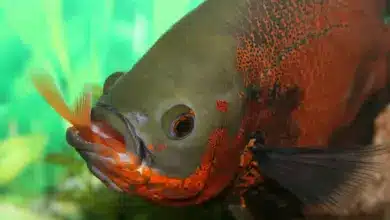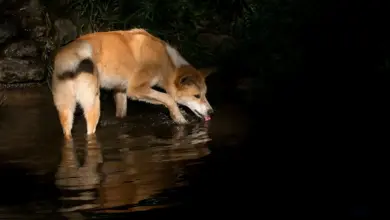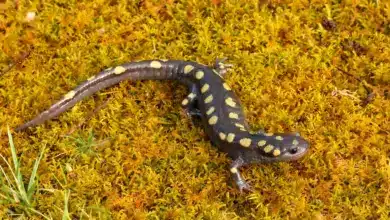What Eats Lions?
What Eats Lions? What Do Lions Eat?
Ever thought what eats lions? Mostly, animals get eaten by lions, not the other way around. That’s because lions are at the top of their food chain, and at the very center of their food web. Lions have almost no predators.
Lions are one of the most iconic apex predators in the world. As kings of the jungle, they dominate other predators in Africa due to their powerful physique and deadly hunting skills.
However, lions do still face threats from other predators opportunistically looking for a meal, as well as constant pressure from scavengers trying to steal their kills. Lions must also deal with a variety of diseases and parasites that can weaken and make them vulnerable prey.
In this article, we will provide an in-depth look at the various predators, scavengers, and diseases that threaten lions across their African habitats.
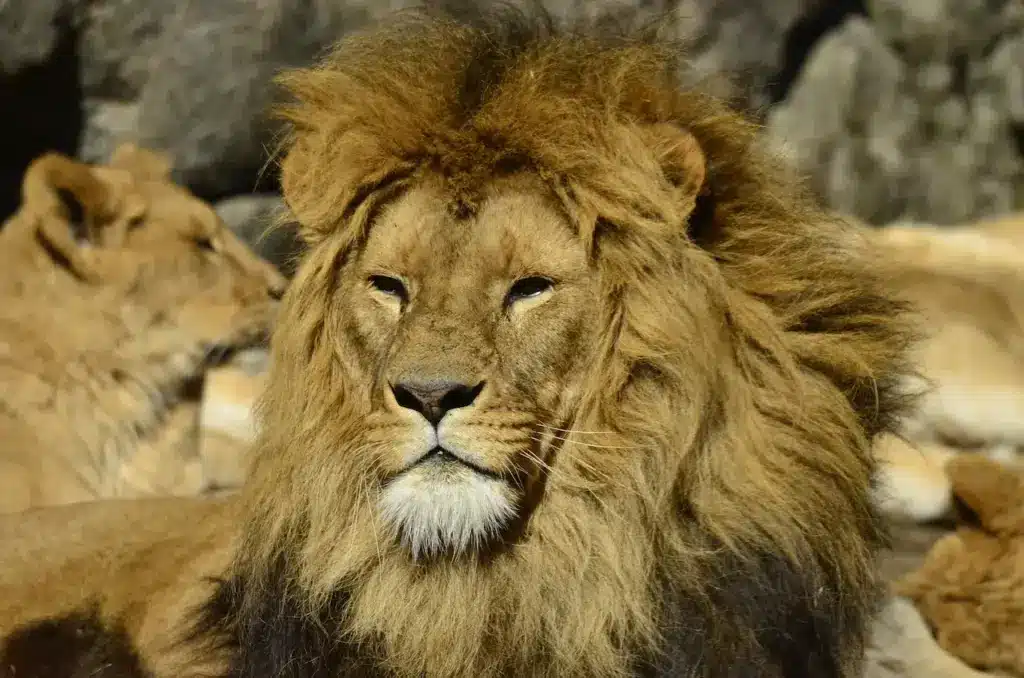
Natural Predators of Lions
While adult lions are formidable predators, the species does face predation primarily during their cub stage, if injured/sick, or when solitary individuals are overwhelmed by group attacks.
Spotted Hyenas
Spotted hyenas are the lions’ biggest competitors, with clans of up to 80 individuals living in overlapping territories with lions. Hyenas have one of the most powerful bites of any mammal, capable of crushing bone.
They will mob and attack any vulnerable lion they encounter, viewing them as both competition and potential prey. Hyenas are responsible for a significant portion of lion cub mortality, though adult lions can hold their own against hyenas.

Leopards
Leopards are powerful big cats and solitary hunters that compete with lions for prey. They are incredible climbers, often hauling their kills high up trees to protect from scavengers.
Leopards will prey on lion cubs if given the opportunity, representing a constant threat. Their stealth hunting allows them to survey lion families and strike at vulnerable moments.
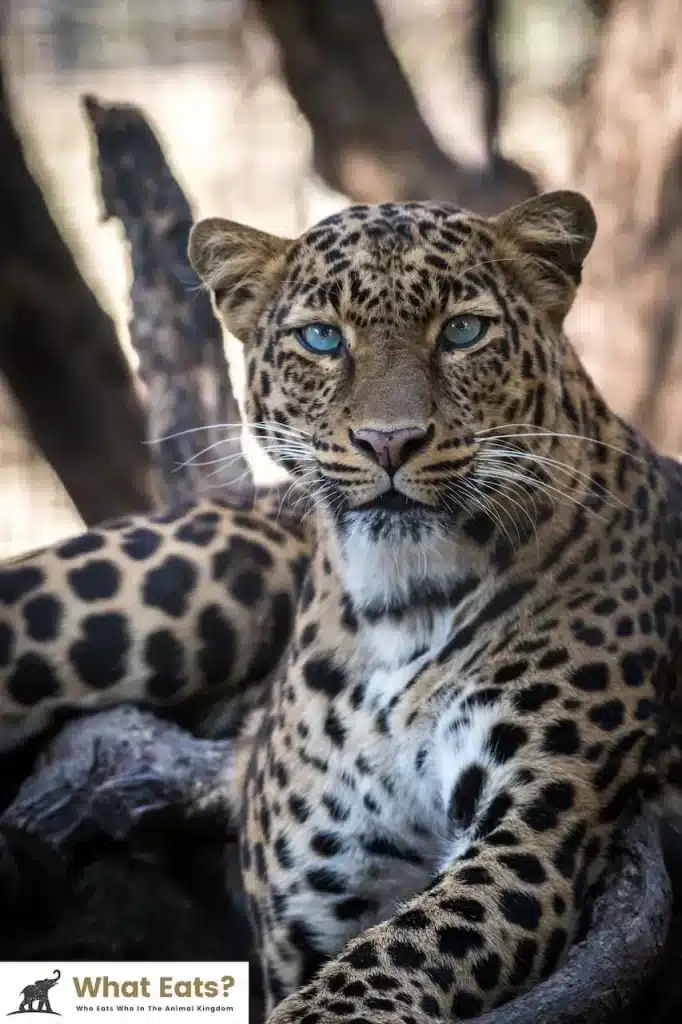
African Wild Dogs
Wild dogs hunt in highly coordinated packs of 20-40 individuals. This allows them to occasionally overwhelm solitary adult lions during territorial disputes.
Wild dogs view lions as competition and will kill weaker lions and their cubs to reduce the population. Their powerful jaws can inflict lethal wounds.
Nile Crocodiles
The immense bite force and death roll of a large Nile crocodile make them a formidable aquatic predator capable of taking down adult lions, but mostly young, sick, or injured individuals.
Their stealth and sudden attacks pose a constant danger to lions needing to drink or cross rivers and lakes.
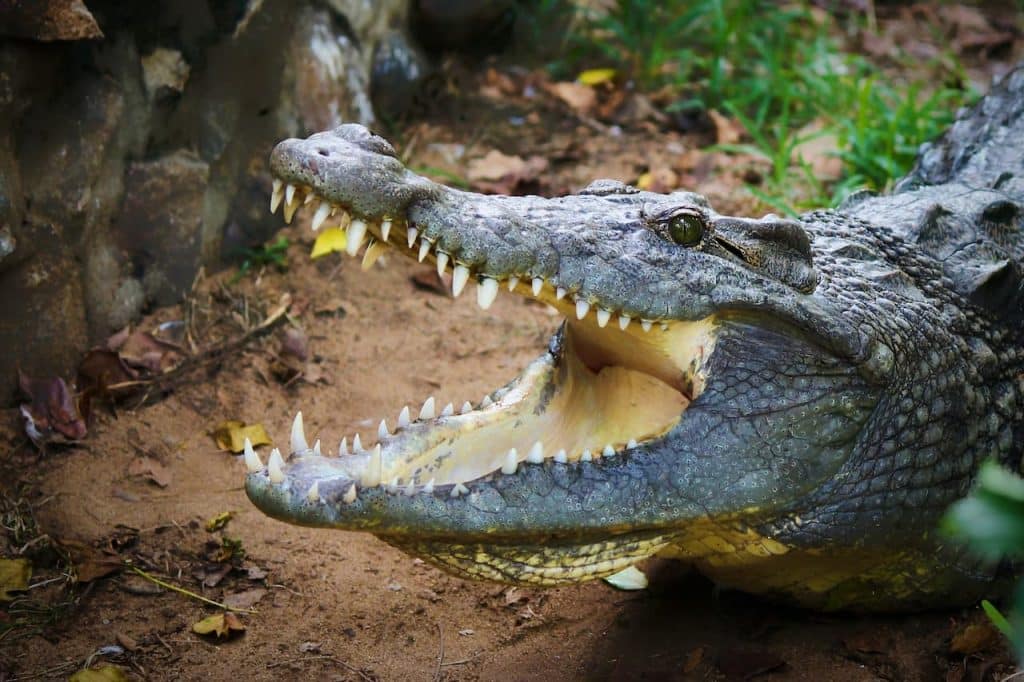
Black-backed Jackals
These opportunistic omnivores often trail injured lions waiting for an opening. Jackals use their numbers to overwhelm aging or otherwise weakened lions. They represent a threat mostly to solitary individuals and pride youngsters.
This combination of highly competitive pack hunters, opportunistic solo killers, and ambush predators means lions must stay vigilant and maintain prime physical strength and coordination to minimize predation risk, especially from rivals like hyenas and leopards.
Scavengers Competing Over Lion Kills
In addition to predators, lions must contend with a suite of scavengers looking to steal their hard-earned kills before they can be consumed, forcing additional hunting.
Marabou Storks
These massive African storks stand over 5 feet tall with wingspans of up to 12 feet. They compete directly with vultures at lion-kill sites. Using their enormous bills, marabou storks tear away flesh in quick bites.

Vultures
Lions must contend with many species of vulture, from lappet-faced to white-backed to the huge lappet-faced vulture with 8-foot wingspans.
With so many eyes scanning for kill sites, vultures quickly converge in numbers on lion prey, hissing and flapping their wings to drive lions away while they feed.
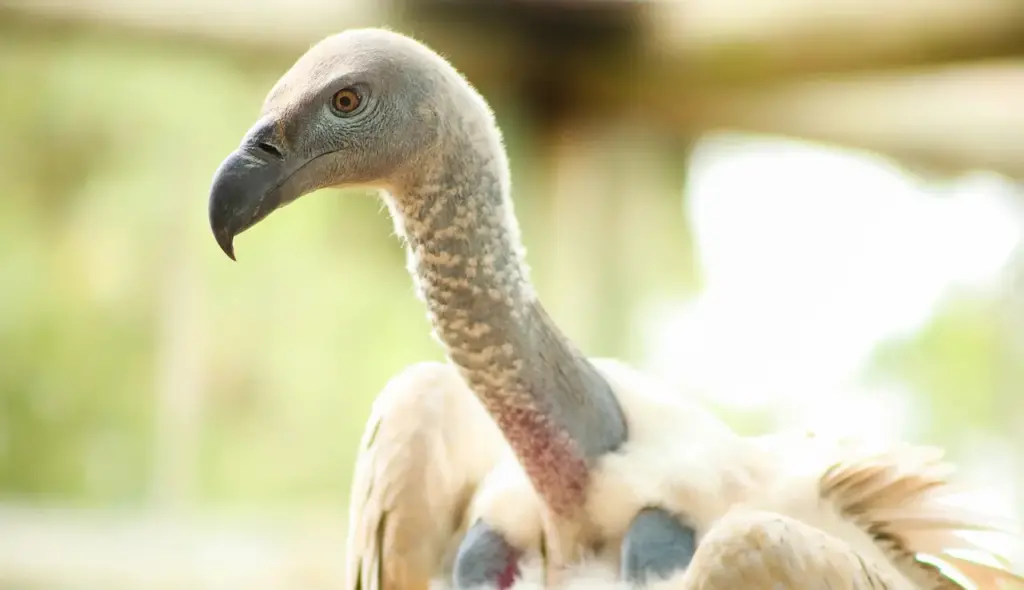
Jackals
Black-backed jackals, but also smaller relatives like side-striped jackals, loiter near lion kills, darting in to grab small scraps. Though nimble, their smaller size means they are intimidated by adult lions, so they must rely on stealing tiny shares.
Diseases Impacting Lion Prey and Vulnerability
Lions must deal with diseases and parasites that can impact both their own vulnerability as well as prey availability.
Anthrax
This lethal bacterial disease afflicts hoofed animals like wildebeest, kudu, and buffalo, allowing lions to more easily hunt these herbivores when outbreaks occur. But it can also poison lions if they consume infected meat.
Canine Distemper
Spread by fellow predators like hyenas and jackals, distemper has infected and killed many lions. By attacking nervous systems and causing seizures, it leaves lions extremely vulnerable to starvation and attacks.
Feline Immunodeficiency Virus
This weakening virus is thought to be passed to lions through infected prey getting blood in lion mouths/eyes during the hunt. It can facilitate secondary infections and leave lions vulnerable.
Toxoplasmosis
This parasitic infection causes liver and lung damage in lions who consume infected prey. It leaves them weakened and malnourished.
Tick-borne Diseases Toxoplasmosis
Ticks spread diseases like babesiosis, ehrlichiosis, and hepatozoonosis, which destroy red blood cells, weaken muscles, and cause organ damage. This leaves lions ill and susceptible to predation.
Tapeworms Rabies
Cysts of tapeworm larvae embedded in prey muscle and organ tissue can stunt lion growth when consumed, as well as rob their bodies of nutrients. This parasitic infection hinders hunting ability.
Rabies
This viral disease infects the nervous system and is spread by bites from jackals, hyenas, and other predators. It causes aggression, seizures, and death in lions.
Diseases are a two-sided threat, boosting lion hunting success by weakening prey but also potentially infecting the lions with contagious pathogens or internal parasites that leave them vulnerable to other predators.
Human Impacts on Lion Predation Dynamics
Humans have severely impacted the natural predation balance that lions evolved within Africa through:
- Trophy hunting of healthy specimens, undermining pride strength.
- Elimination of competing predators like wild dogs, reducing pressure on lion numbers.
- Habitat loss to agriculture and urbanization, crowding predators and prey together.
- Poaching for lion body parts results in snaring injuries that facilitate predation.
- Diseases spread by livestock, like bovine tuberculosis, make prey easier to hunt.
- Climate change and droughts are stressing ecosystems and altering predator-prey-scavenger relationships.
Humans remain the most significant threat to native lion populations through both indirect and direct pressures. Conservation efforts are critical for maintaining balanced predation dynamics.
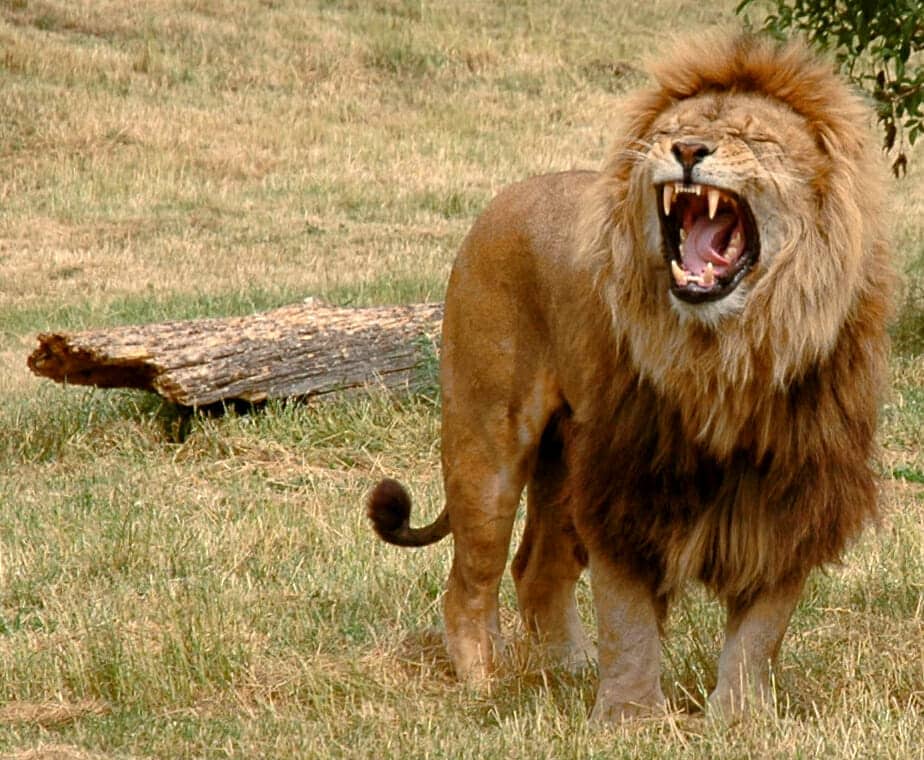
Conclusion
While formidable predators themselves, lions exist as part of a complex ecosystem adapted to regulate their numbers through competitive pressures and diseases.
Lions must contend with other dangerous predators like hyenas, leopards, wild dogs, crocodiles, and jackals that kill vulnerable specimens. Scavengers like hyenas, vultures, and storks steal lion kills, forcing increased hunting.
Contagious diseases also weaken lions’ physical prowess while occasionally boosting hunting success by sickening prey populations. Human activities have severely disrupted the natural checks and balances lions evolved with.
However, Africa’s native lion predation dynamics remain complex and multidimensional, highlighting the need for ecosystem-based conservation efforts.

